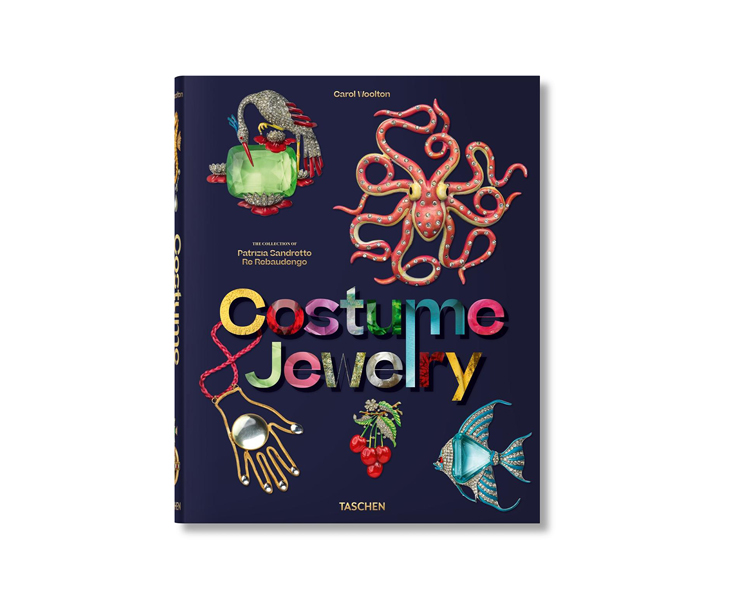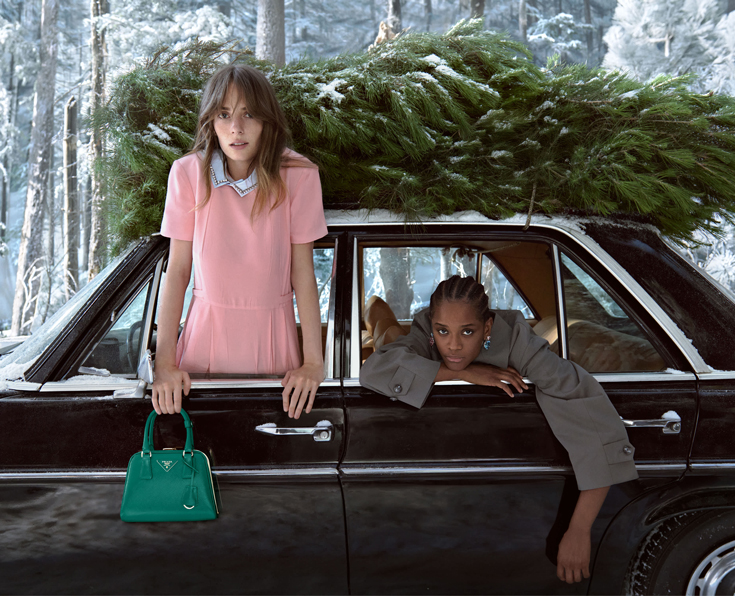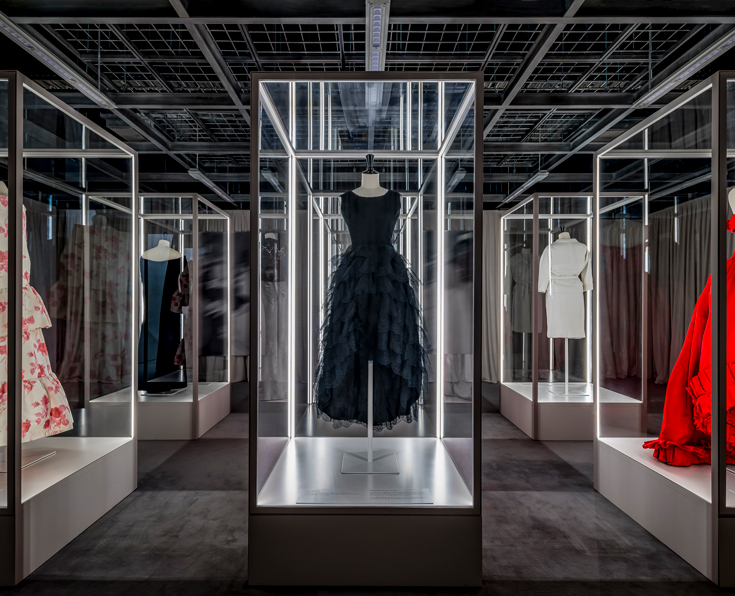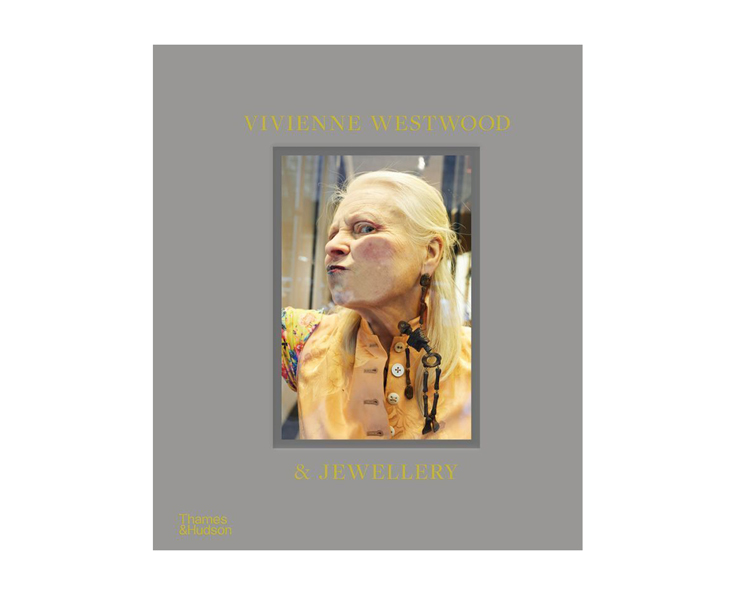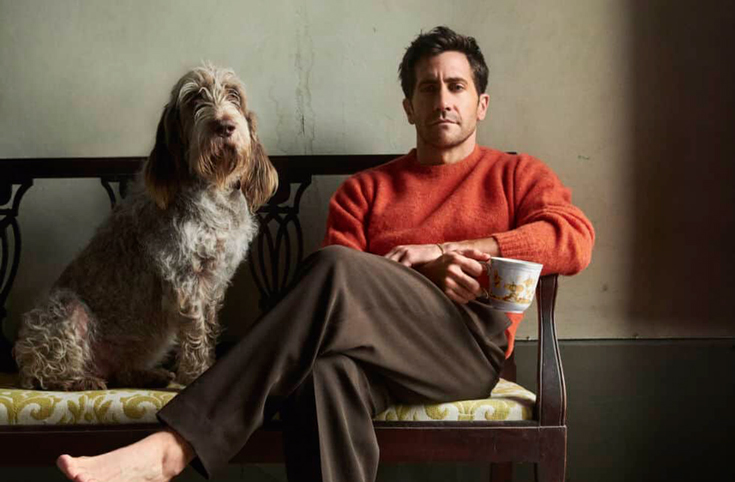REI KAWAKUBO ON THE RADICAL FREEDOM OF COMME DES GARÇONS

When 10 asked me to interview Rei Kawakubo via email, three thoughts shot through my head in quick succession: 1. I’d love that! 2. But I don’t know what to ask! and 3. She’ll never answer!
On that last count, I was wrong. The woman whose name has a unique place among the handful of the world’s revolutionary living designers did indeed reply.
I was astonished – but then not. Because the one thing you can be certain about is that Rei Kawakubo will never deviate from doing the unexpected and the unpredictable. She has also made a bit of a trademark out of being a contrarian, or at least apparently rejecting, or possibly being genuinely nonplussed by, celebrity-type questions. On past form, you’re not going to get very far with questions that suck up too much or beg for an intellectual statement. Once, when a journalist submitted the question “How would you like to be remembered?”, Kawakubo replied, “I want to be forgotten.”
This is a wish that won’t be granted (although who cares after you’re dead – a thought that may have underpinned her response). One reason is, last October, Kawakubo received one of the highest national Japanese honours when she was inducted as a Person of Cultural Merit. Her recognition came on the 50th anniversary of the year she founded Comme des Garçons – that tribute from the government puts her on a par with scientists, engineers, inventors, artists, filmmakers, sportspeople, revered craftspeople and other major figures who have made breakthroughs in Japan since 1951.
Kawakubo accepted the award but declined to go to the ceremony, which was hosted by the emperor and empress at the Imperial Palace in Tokyo. That, of course, is very Kawakubo, part self-deprecating, part non-conforming and, maybe, proof that she was far too busy to attend (as we’ll see from one of her answers). “I said she should go, but she wouldn’t!” her husband, Adrian Joffe, told me with a resigned shrug when I saw him recently. He translates for Kawakubo at shows and delivers the lines of high concept that she evolves each season to the surge of people who press backstage to congratulate or simply bow to her.
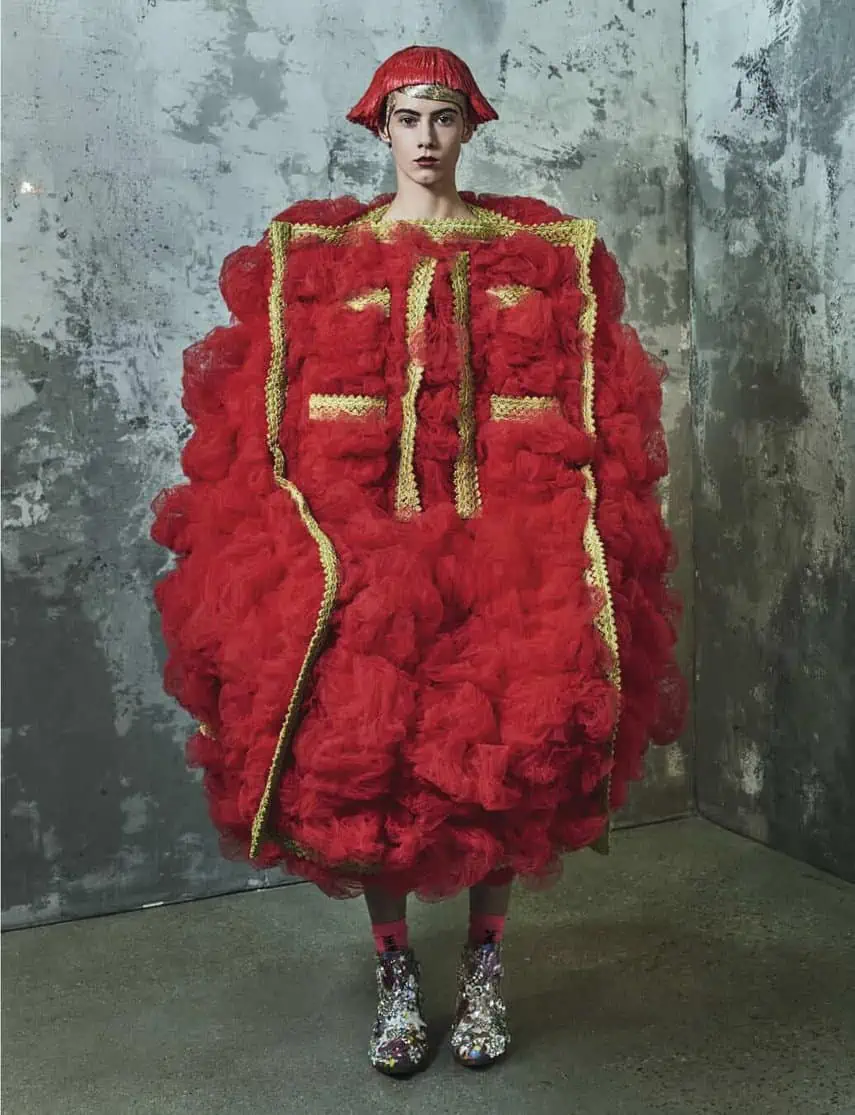

After her spring 2024 show, she wrote, “To break free of the gloomy present, I hope to present a bright and light future.” And after her latest Comme des Garçons Homme Plus show, Spiritual World, she said that “white is the colour of prayer”.
So many people have been influenced by Kawakubo that it’s almost embarrassing. Some come out and admit their adoration of Comme des Garçons with frankness, which is what Marc Jacobs was happy to do this season (and has done frequently). Others have quoted Kawakubo subconsciously – or perhaps ignorantly – over the years because her influence is so vast and ubiquitous that it seems like an element of the fashion weather. I wondered if she notices this? Does she care about being quoted? Does it annoy her?
Her dry answer might make you laugh if you know the famous statement she made back in the 1980s about how she designs. I realised that it is impertinent, or fruitless, to try to dig into where her concepts “come from”. Any creative person will say they don’t really know. Making radically new things is never a formula, and “meaning” is eventually in the eye and the feelings of the beholder. With Comme des Garçons, because we are so often confronted with configurations of things we haven’t seen before, we are challenged to do the work ourselves.
But I tried. Her answers are fascinating, and typically debunking. At 81, she does not want to be imagined spending all her working days as an isolated artist dreaming up concepts. “I design the company, not pieces of clothing,” she once said. Her answers for 10 draw back the curtain a little further. Comme des Garçons and its universe is unique because it embodies Rei Kawakubo through and through, and that doesn’t happen by decree. It’s because she’s in charge of all the detailed work, all the decisions it takes to be an independent force in the fashion business.
She knows what a relentless fight that is – and also knows how vitally important it is to have the psychological freedom to create without being dictated to. As such, Kawakubo has made herself the champion of independence and independents. That freedom of creative expression extends to the designers who are under the Comme house umbrella in Tokyo. When she opened Dover Street Market in London in 2004, she went further, creating a space (now in branches all over the world) specifically to sell other independent designers’ clothes, alongside Comme’s collections. In Paris, at the London showrooms set up by the British Fashion Council for NewGen designers, I’ve witnessed the astonishment of young people when, suddenly, an unmistakable figure with a black bob and biker jacket silently appears at their elbow to look through their work herself.
What is she looking for in others? It comes down to the demands she makes of herself. Rei Kawakubo relates to people who seize the freedom to be themselves. I had not realised the enormity of her mission – the true subversiveness of Kawakubo is that she has always been battling to change the fashion system itself…

Sarah Mower: Rei, when I want to feel strong, I wear my sweater from Comme des Garçons that is embroidered in wool with the word “FREEDOM”. Why is this word so powerful to you?
Rei Kawakubo: To live, and to carry on living, we need freedom. It’s as simple as that.
SM: When you have a new collection to design, how do you clear your mind so you can focus on what you want to express?
RK: I don’t have the time to dedicate only to the collection. Every day I am checking the accounts, designing printed matter, thinking of advertising, looking at the daily sales from all the shops, sending notes to the sales staff, meeting with the patterners, etc. Collection work is one of these daily duties.
SM: Your collections always stir powerful emotions in your audiences – does it matter to you how your intentions are interpreted?
RK: I am happy that the collections stir powerful emotions in the audience, but it is very important whether or not I myself am excited and stimulated by [them].
SM: You’ve created Dover Street Market as a unique umbrella where independent designers can be seen, sell and flourish, often in their first steps. I have seen you go out and meet them personally. What do you look for and enjoy about that?
RK: What I enjoy is seeing people who work with their own power, making clothes with all their heart and soul, without being lured into easy temptations.
SM: You’ve often used the term “punk” – what resonates with you about the spirit of that attitude?
RK: Freedom, rebellion and independence are my mottos.


SM: In dark times, you’ve often gone against the grain and created unexpected moments of fun and playfulness. For spring 24 you said, “In gloomy times, I hope to present a bright and light future.” We felt that too in your spring 2018 Homme Plus show, where the models were dancing in glittery clothes, and in your ballerina- biker 2015 collection, which made everyone laugh with delight. Do you sometimes feel it’s your duty as a designer to make fashion that’s uplifting?
RK: I am sorry, but I don’t work for society or for anyone [else]. All I am doing in my work is simply expressing what I am feeling.
SM: You are a huge influence on other designers. How do you feel when you see that?
RK: It seems these days making clothes from zero is a thing of the past.
SM: Are there artists or creators in other fields whose work you admire or feel you are working in parallel with?
RK: I am often asked this question about artists and creators, but I can never think of anyone in particular. I esteem and respect all those with convictions who have a strong way of life.
SM: Your contribution to our fashion world and your gift to the collective psyche – opening up our imaginations to what fashion can be – is immense. Do you ever pause to look back and reflect on what you’ve done? Or are you always perpetually in the present, thinking about what you’re making next?
RK: All I have is remorse and regret. I have been unable to break the values entrenched in a commercial-only business. So I want to give up on that kind of world and continue to look for new things.
Issue 23 of 10 Magazine – DARE TO DREAM – is on newsstands March 22.
COMME DES GARÇONS: BRIGHT FUTURE
Photographer MARIANO VIVANCO
Fashion Editor ANDERS SØLVSTEN THOMSEN
Text SARAH MOWER
Models ROXANE PLAZA at Apparence Agency and STINNE TRAPPENIERS at Girl Mgmt
Hair ILHAM MESTOUR at The Wall Group
Make-up SHARON DOWSETT at Premier Hair and Make-up using MAC Cosmetics
Manicurist ROMANE MARTINI
Digital technician DENIS SHKLOVSKY
Photographer’s assistants LUCA PELLEGRINO and JULIEN GRIGNON
Make-up assistant ELISE DENYS
Casting director MANON SASSY
Production SAM BRENNAN at Today Management
Studio manager MARIO SZABO
Retouching MARIO SEYER
Clothing throughout by COMME DES GARCONS SS24
Leather boots throughout by COMME DES GARCONS x KIDS LOVE GAITE
Trainers throughout by COMME DES GARCONS x SALOMON
Wigs throughout by TAKEO ARAI for COMME DES GARCONS

